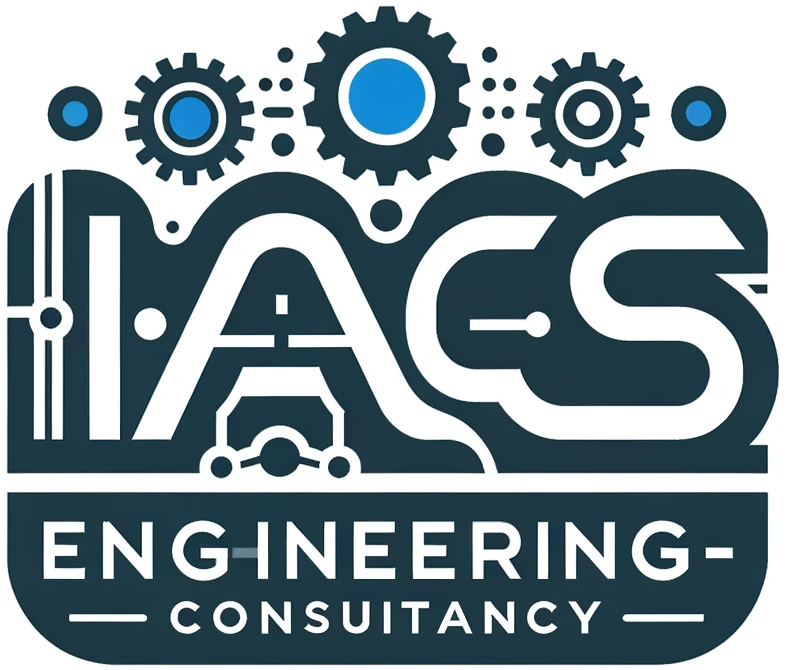An IO List (Input/Output List) is a foundational document in industrial automation that maps all physical input/output devices to their corresponding control system (PLC/DCS) points. It bridges the physical hardware (sensors, actuators) with the control logic, ensuring seamless integration, troubleshooting, and documentation. Below is an expanded and refined guide to IO Lists:
Purpose of an IO List:
- System Configuration
- Provides a complete inventory of field devices (e.g., sensors, valves) and their connections to the control system.
- Clarifies signal flow between hardware and software, critical for system validation.
- Troubleshooting and Maintenance
- Enables rapid fault diagnosis by linking control logic tags to physical devices (e.g., identifying a faulty pressure transmitter by its tag name).
- Supports predictive maintenance by documenting calibration and scaling data.
- Documentation and Communication
- Serves as a single source of truth for engineers, electricians, and operators, reducing miscommunication during handoffs.
- Integrates with other documents like P&IDs, loop diagrams, and electrical schematics.
- Project Management
- Tracks I/O configuration during design, installation, and commissioning.
- Mitigates risks of oversights (e.g., mismatched I/O points) that cause delays or cost overruns.
Elements of an IO List:
- Core Fields
- Tag Name: Unique identifier (e.g., PT-101) aligned with ISA-S5.1 or project-specific naming conventions.
- Device Description: Detailed description (e.g., “Pressure Transmitter, 4-20mA HART”).
- I/O Type: Input (sensor) or Output (actuator).
- Signal Type: Analog (4-20mA, 0-10V), digital (discrete), or smart protocols (HART, IO-Link).
- Hardware Details
- Module/Channel: PLC/DCS module slot and channel (e.g., “Slot 3, Channel 2”).
- Terminal/Wire Number: Physical terminal numbers on I/O modules and field devices.
- Network Address: For networked I/O (e.g., PROFINET, EtherNet/IP node addresses).
- Functional Context
- Engineering Units: Measurement units (e.g., psi, °C) for analog signals.
- Scaling/Calibration: Range mapping (e.g., 4-20mA = 0-100°C) and calibration notes.
- Redundancy: Dual-channel or hot-standby configurations (e.g., redundant safety relays).
- Safety Classification: SIL (Safety Integrity Level) ratings for safety-critical I/O (e.g., emergency stops).
- Cross-References
- P&ID/Loop Diagram Links: Associated process diagrams or loop numbers.
- PLC/DCS Program Tag: Control logic variable name (e.g., “Motor1_Run”).
Creating High-Quality IO Lists:
- Accuracy and Completeness
- Verify all I/O points against field devices during FAT (Factory Acceptance Testing) and SAT (Site Acceptance Testing).
- Include spare I/O points for future expansions.
- Clarity and Consistency
- Use standardized templates to ensure uniformity across projects.
- Avoid ambiguous abbreviations (e.g., “PS” could mean “Pressure Switch” or “Power Supply”).
- Version Control
- Track revisions with timestamps, change reasons, and approver names.
- Use cloud-based tools for real-time collaboration and audit trails.
- Change Management
- Implement redline markups for field modifications and update all linked documents (e.g., wiring diagrams).
- Conduct periodic reviews to align the IO List with as-built conditions.
Meeting Industrial Standards in IO List
- ISA Standards
- Follow ISA-S5.1 for instrument symbols and tagging conventions.
- Align with ISA-18.2 for alarm management (if I/O points trigger alarms).
- Cybersecurity (IEC 62443)
- Document network segmentation for critical I/O (e.g., safety systems on isolated networks).
- Industry-Specific Standards
- Pharmaceuticals: Comply with FDA 21 CFR Part 11 for electronic records.
- Oil & Gas: Adhere to API RP 554 for process control documentation.
- Functional Safety: Follow IEC 61508/61511 for safety instrumented systems (SIS).
Software Tools for IO List Management:
| Tool Type | Pros | Cons | Use Case |
|---|---|---|---|
| PLC/DCS Software | Seamless integration with control logic; auto-populates I/O data. | Vendor-specific; limited flexibility. | Greenfield projects using a single PLC platform. |
| Spreadsheets | Low cost; easy to use. | Error-prone; no version control; poor for large projects. | Small systems (<50 I/O points). |
| Dedicated Tools | Advanced features (symbol libraries, auto-export to CAD); supports collaboration. | High cost; steep learning curve. | Complex projects with multi-vendor systems (e.g., EPLAN, CAE Logic). |
| Cloud Platforms | Real-time collaboration; audit trails. | Dependency on internet connectivity. | Distributed teams or multi-site projects. |
Practical Challenges & Solutions
- Legacy Systems
- Issue: Outdated or missing IO Lists in aging infrastructure.
- Solution: Reverse-engineer IO Lists using wiring diagrams and field audits.
- Discrepancies
- Issue: Mismatches between IO Lists and as-built systems.
- Solution: Use handheld testers during commissioning to verify I/O points.
- Interdisciplinary Coordination
- Issue: Electrical vs. automation teams using conflicting terminologies.
- Solution: Hold cross-functional review meetings and use unified templates.
